Picture of the Season
Previous picture of the season
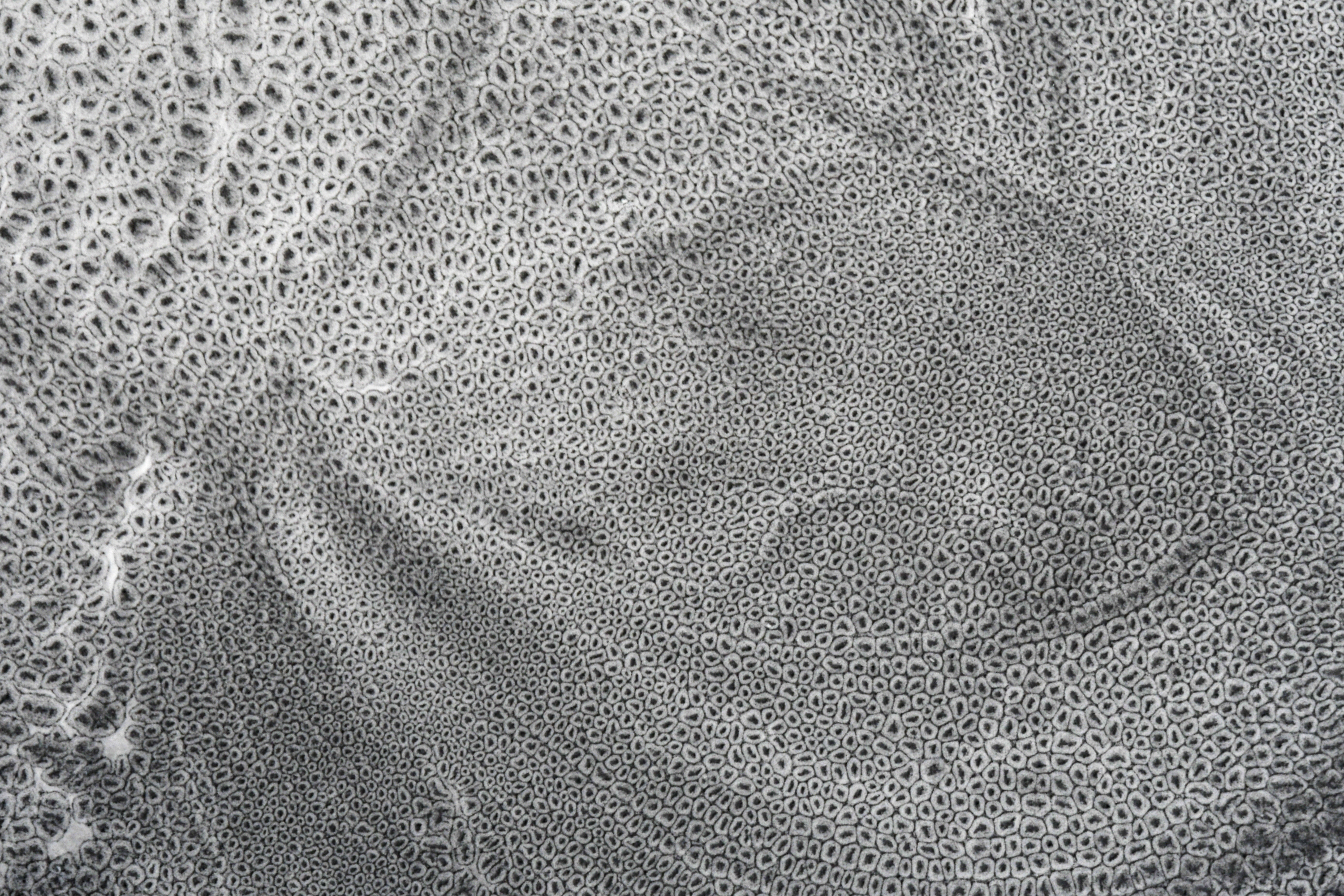
The cells seen here aren’t of a biological origin, but rather show the complex Bernard-Marangoni convection occurring in this slurry of isopropyl alcohol and glass particles. (Photo by Mark Menesses)
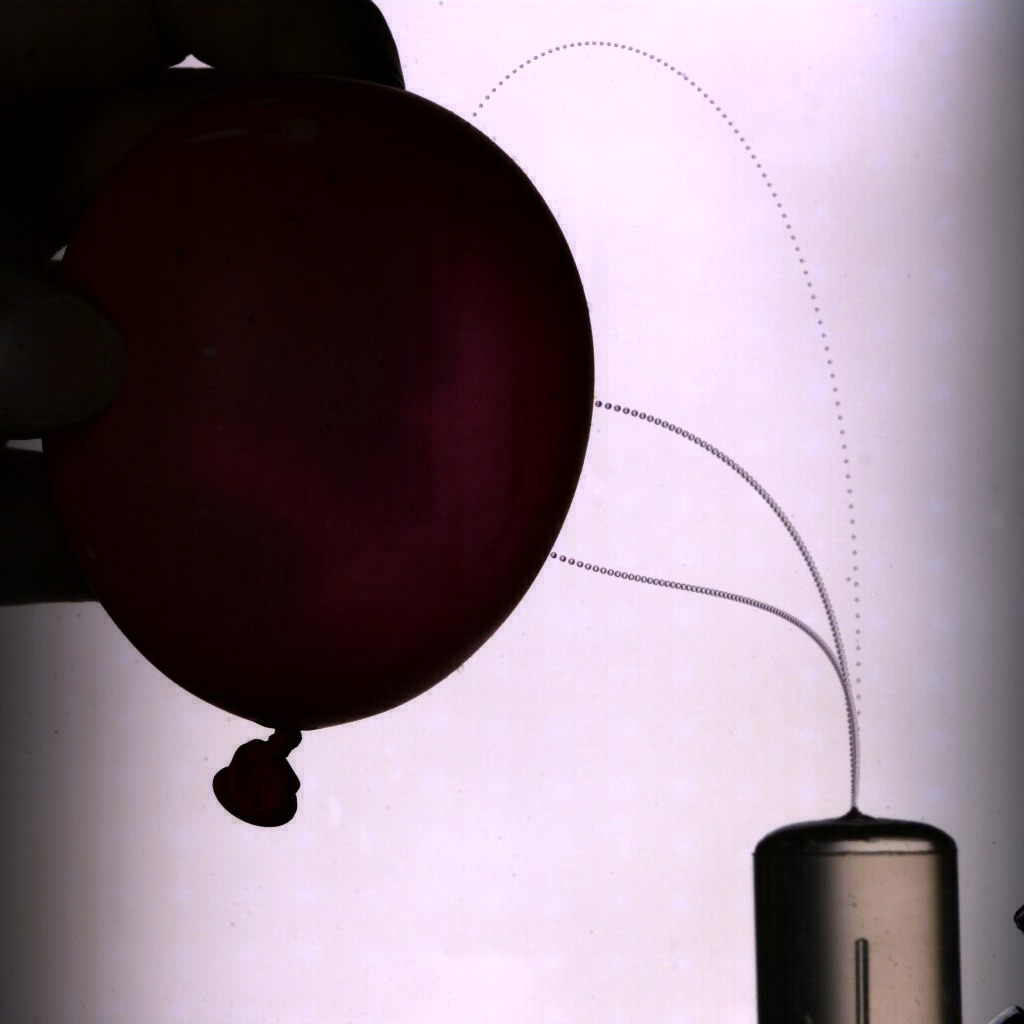
This time-lapse image shows jet drops ejected from a bursting bubble and attracted to a balloon charged with static electricity by induction.
(Image by Frederik Brasz. Original photos by Christina Pritscher.)
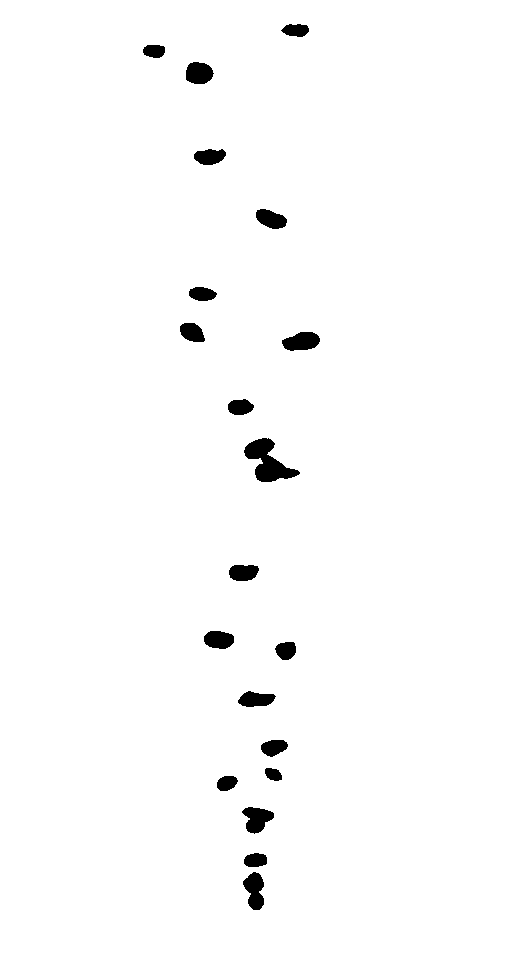
Bubbles injected beneath an angled wall form a spreading plume as they rise, which we visualize here with image processing.
(Video by Frederik Brasz)
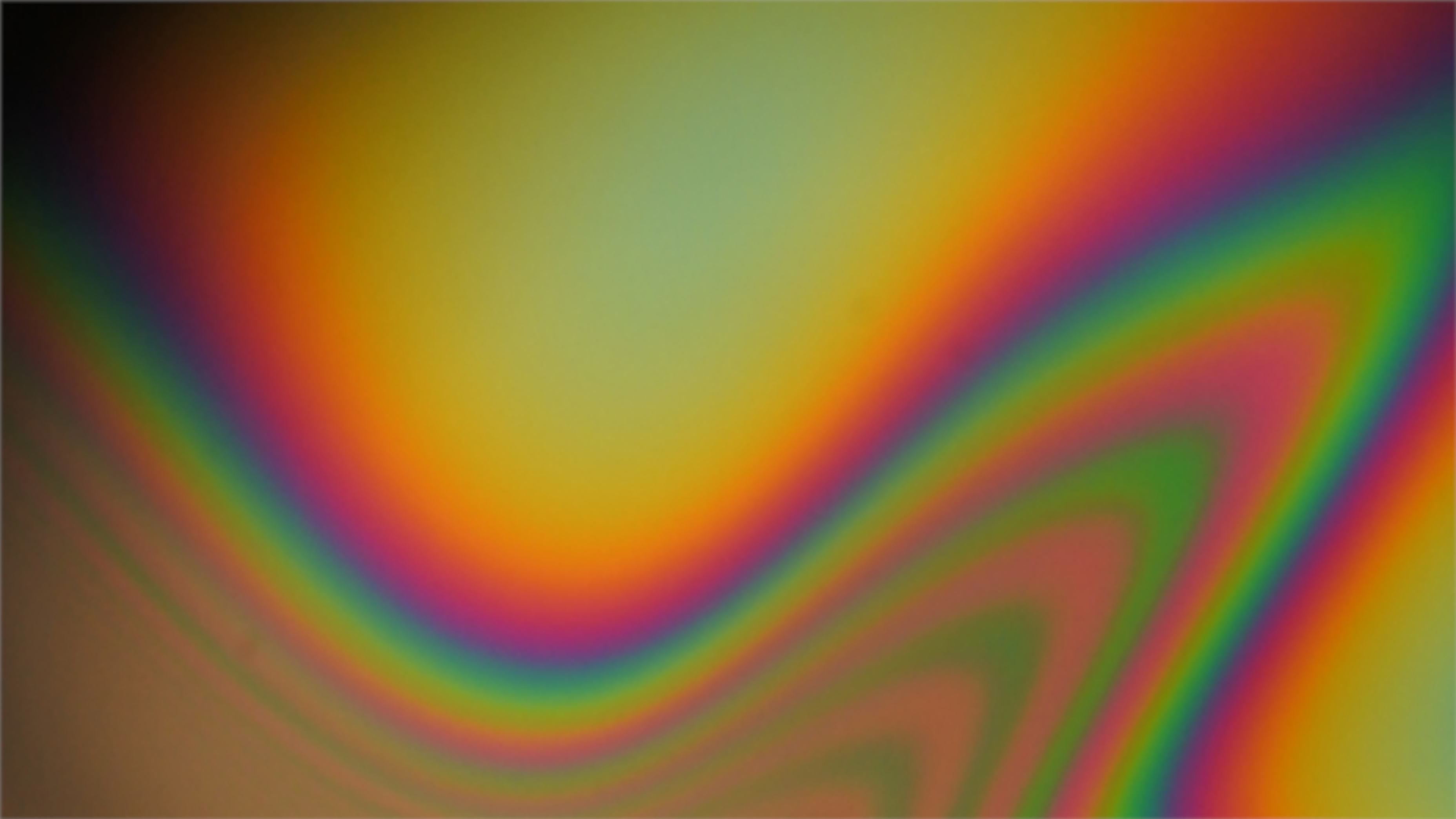
Using a microscope objective, we capture the white light interference patterns in a bubble film.
(Photo by Mark Menesses)

With infrared photography, we can see the thermal convection patterns that arise at the surface of this bath of rubbing alcohol.
(Video by Mark Menesses)

An illuminated mist allows for the visualization of air movement in the vicinity of a launched jet drop.
(Photo by Noha Yehia)
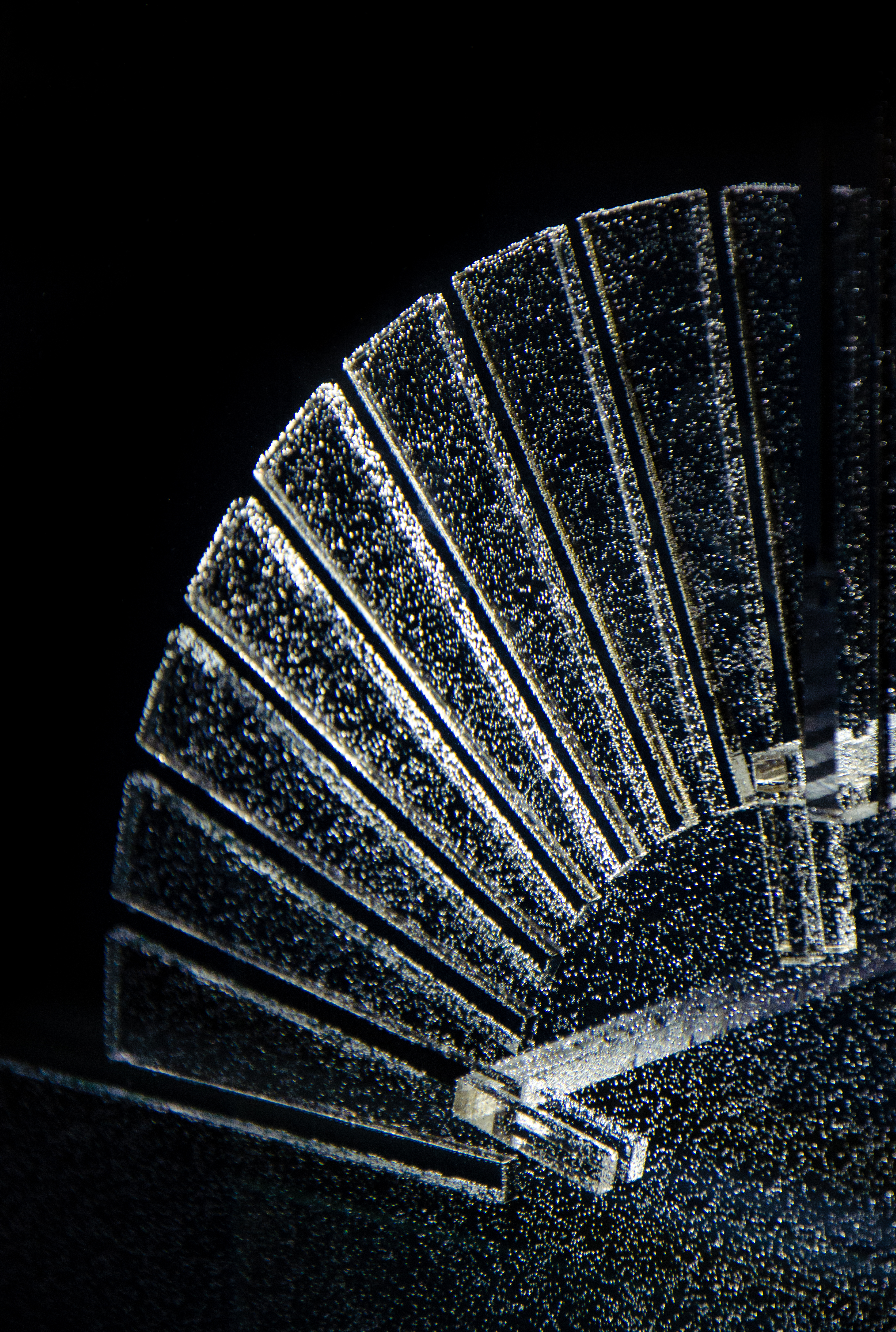
Small bubbles form on an experimental apparatus as the water in our tank degases. (Photo by Mark Menesses)

A photograph of a grey duck feather. A water drop beads up on the feather, illustrating natural superhydrophobicity. Air plasma irradiation of the feather changes it from being superhydrophobic to superhydrophilic. A scanning electron microscope image reveals the interlocking barb and fin fiber micro-texture that is responsible for the natural superhydrophobicity of the feather. (Photo by Samira Shiri)

A water balloon is caught rupturing after impact. (Photo by Alex Oratis)

Scanning electron microscopy reveals the microstructure of a nasturtium leaf. (Photo by Samira Shiri)

A bubble ruptures on a nasturtium leaf, resulting in several jetting drops. (Photo by Elena Flynn)
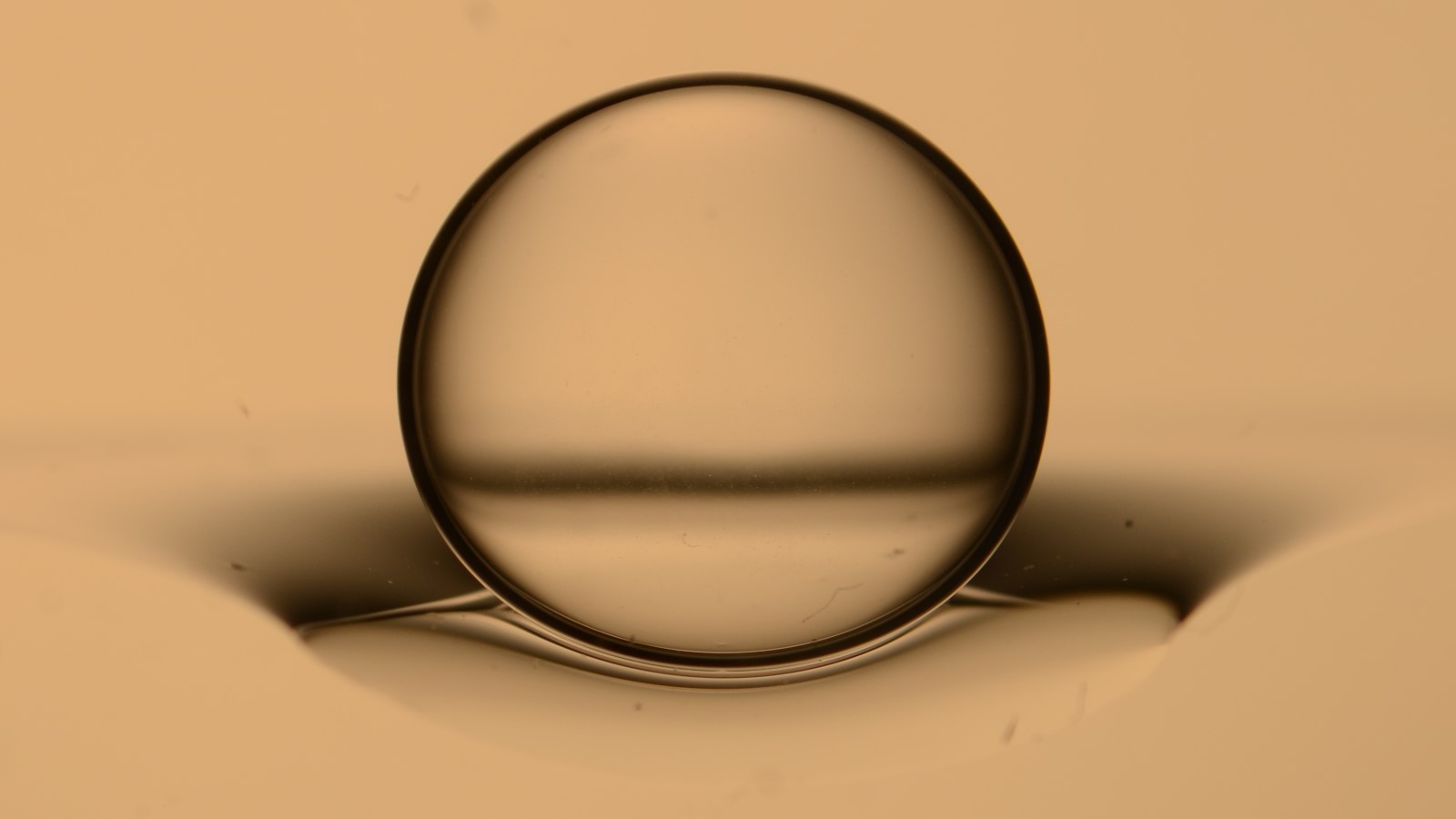
A thin layer of silicone oil momentarily prevents this drop of water from coalescing with the bulk fluid. (Photo by Gregoir Dequidt)